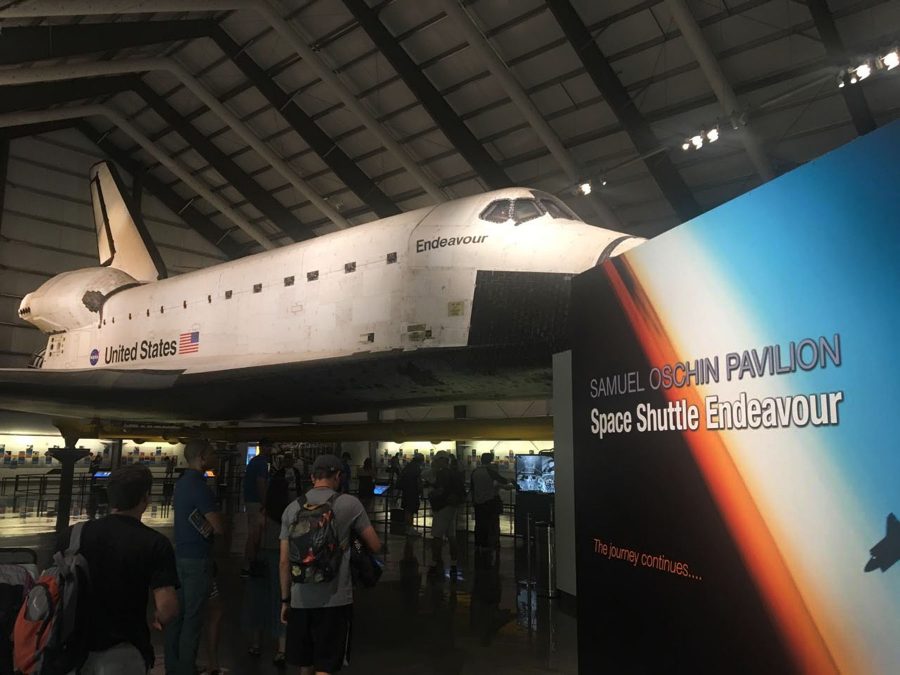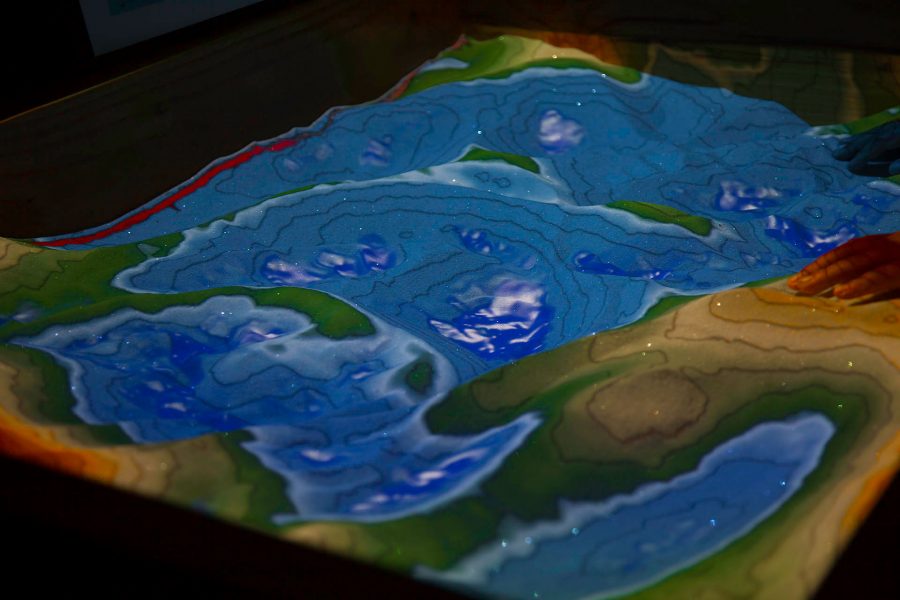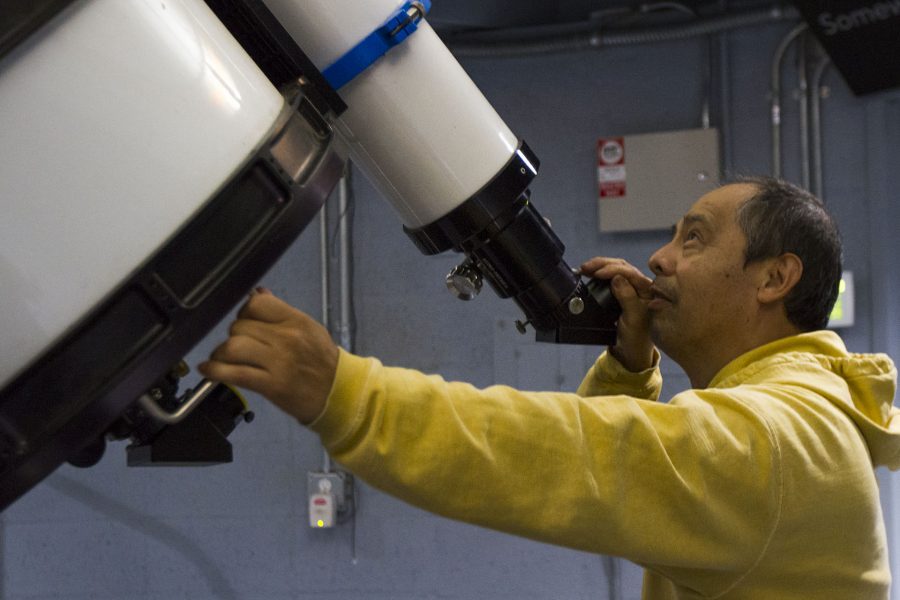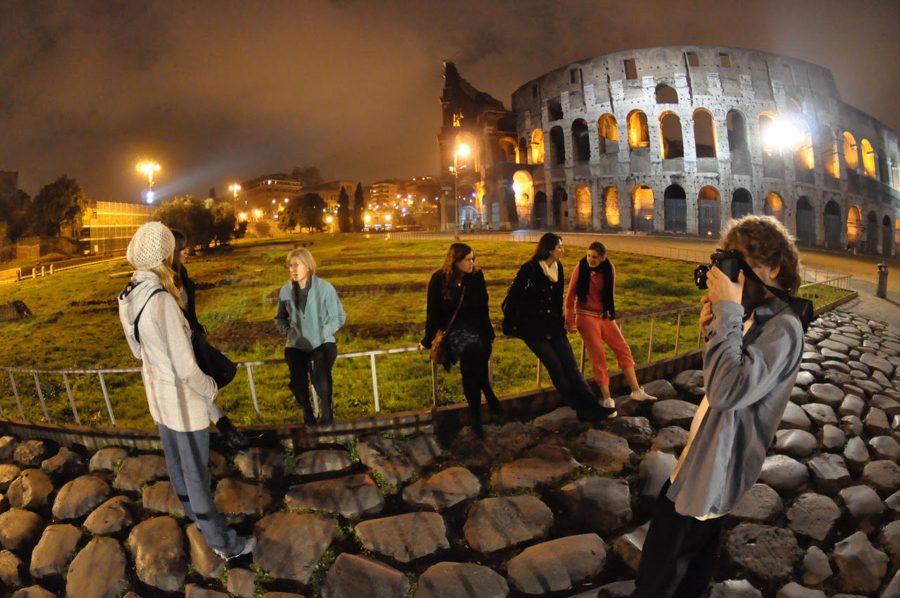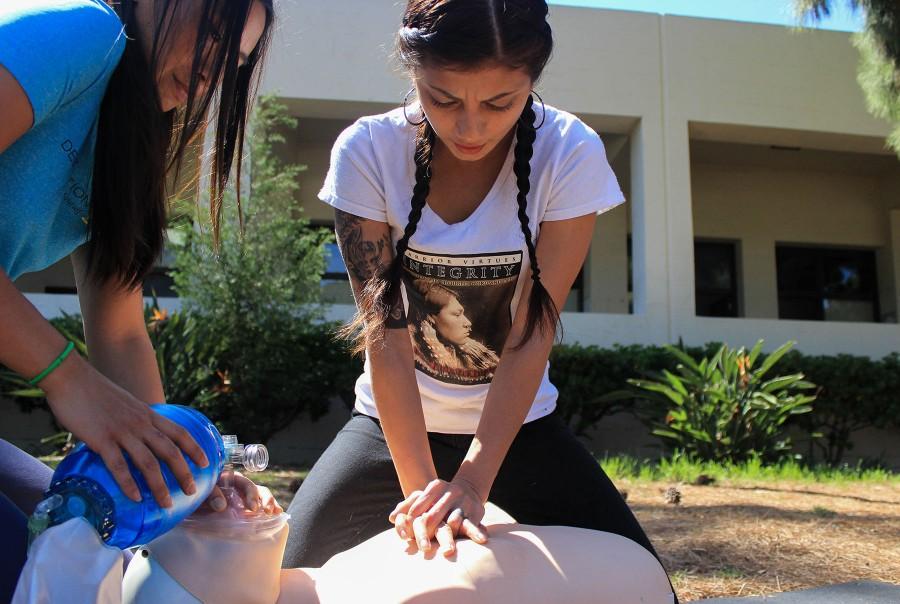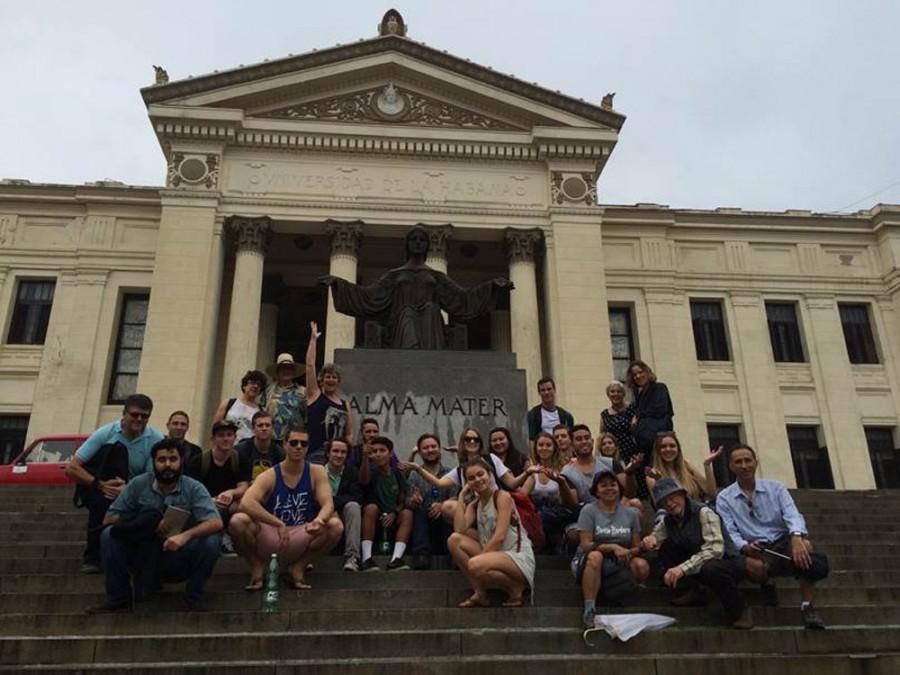The donation of a $30,000 telescope dome and $70,000 telescope will add new features to the Santa Barbara Museum of Natural History, allowing City College students privileged stargazes in the near future.
Granville Knox, former Director of Facilities at City College and current member of WOOLY, the crew that helps on geology field trips, discovered the dome in December. He spotted the dome parked in a patch of sage while driving in the desert.
But the dome is not the average, glinting treasure. It is not even the average dome.
“If I told you ‘I have a Chrysler’ and you’re like ‘I have a BMW…’ Well, it’s a BMW of a dome,” Geology Department Chair Dr. Robert Grey said.
The dome was made by the Ash Manufacturing Company, which boasts high standards. It features a hemisphere of interlocking segments engineered for stability, and a vertical robotic shutter for viewing. Additionally, the entire structure rotates to accommodate viewers. A call to the company by WOOLY priced their find at $30,000 new.
Recovering the dome took a team of about a dozen crewmembers working all day under the Ajo, Arizona sun.
“We were cranking, we worked really hard,” said Layne Tucker, student of geology at City College and WOOLY member. “Just stopped to get something to eat and got the ball rolling.”
The entire 16′ by 10′ dome had to be disassembled carefully piece by piece. Additionally, the crew had to break in to the structure because it had no electrical power. Once inside they were greeted by 50 years of rat droppings.
Originally owned by a college professor, the dome sat for half a century on the property of the Ajo Historical Society Museum. The museum, more concerned with jars of 100-year-old teeth and antiquated blacksmith tools, had no qualms delivering the dome.
“They were like ‘You want it? Come get it!'” Micheal Schlags said, a WOOLY member. “They looked at it like a liability.”
The natural history museum’s observatory roof was in poor condition, and talks of its replacement had already begun, Schlags said. Augmenting the miracle was the telescope promised by Las Cumbres Observatory Global Telescope Network, LCOGT.
Only a few telescopes in the state are in its size range, said Erin O’Connor, a professor of Earth and Planetary Sciences. It will not only be able to compete with the best telescopes in the state, but he said, “will be one of the largest telescopes for viewing in the country.”
Additionally, it is research grade and equipped with the latest technology in automated star tracking, said John Martinez, Senior Project Manager at LCOGT.
These features not only dazzle, they are also educationally pertinent.
The labs for the City College already use the museum’s observatory. Versus the 10′ models now used “having a telescope like that in operation really puts things into perspective,” Tucker said.
Students will also have access to LCOGT’s global network of telescopes. They will be able to use these telescopes to access images of stars and planets 24/7 from computers on campus. This will be especially useful during daylight hours or bad weather.
The project has also inspired one WOOLY member to write a book.
Schlags, whose wife is the head autism nurse for Santa Barbara County, is taking the opportunity to turn the discovery of the Ajo Telescope Dome into a children’s book on autism. He plans to relate the isolation of the dome before its discovery to autistic children’s feelings, and title it “Ashley the Lonely Telescope Dome.”
However exciting the project may be, there is still more work. Electrical wiring needs to be installed, and some of the non-metal parts that corroded in the harsh desert conditions need to be put in.
“So that’s a $100,000 telescope [and dome] at minimal cost to the school…but there’s still some work to make it all happen,” O’Connor said.
Currently the dome rests on the ground next to the observatory at the museum. The telescope is still incubating at its birthplace at LGOCT. But all parties involved are motivated, Martinez said.
“We’re all sort of working together to make this project happen,” Martinez said. “We all love the museum. The college depends on the museum, so there are multiple entities collaborating on this project.”









